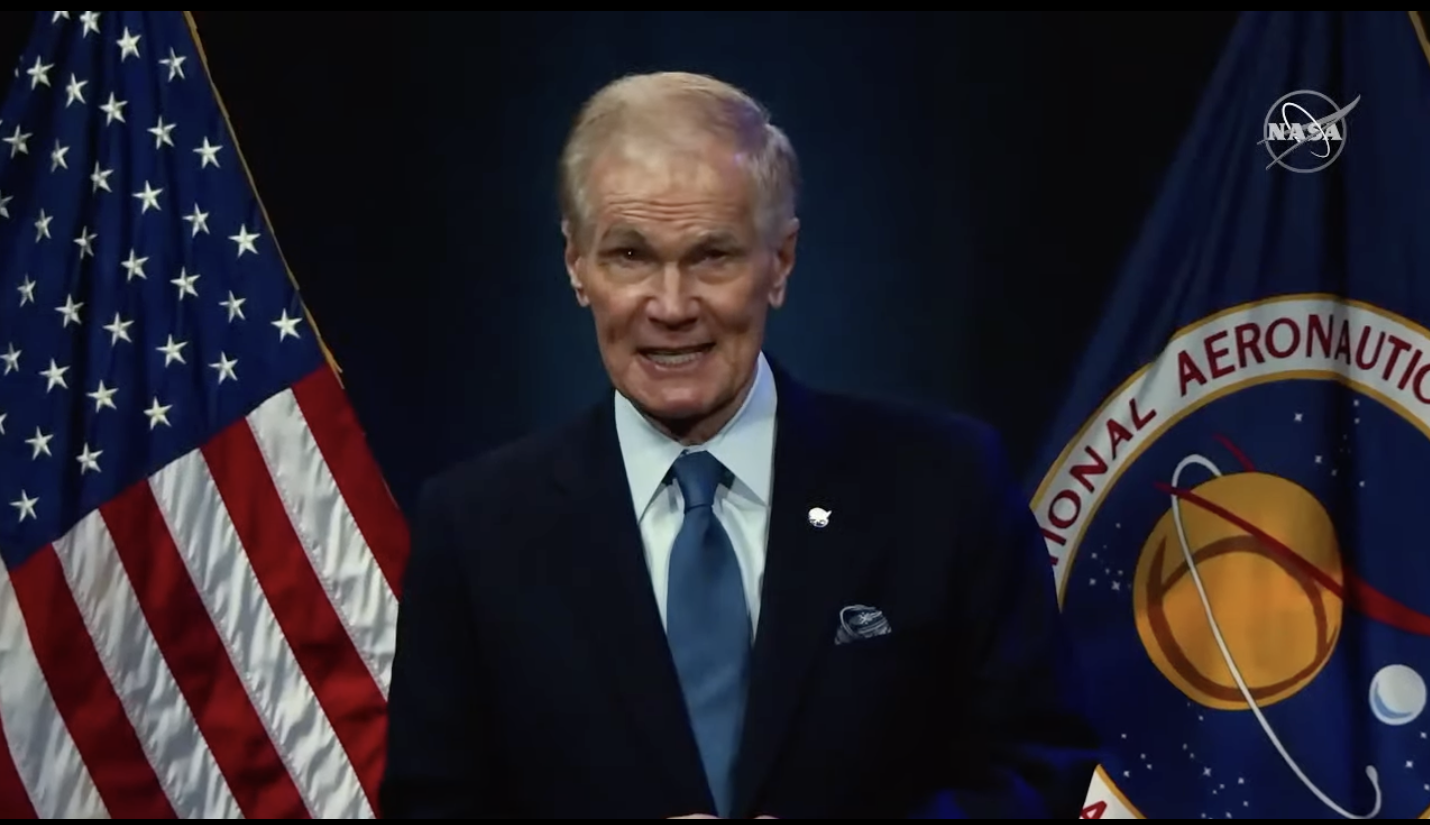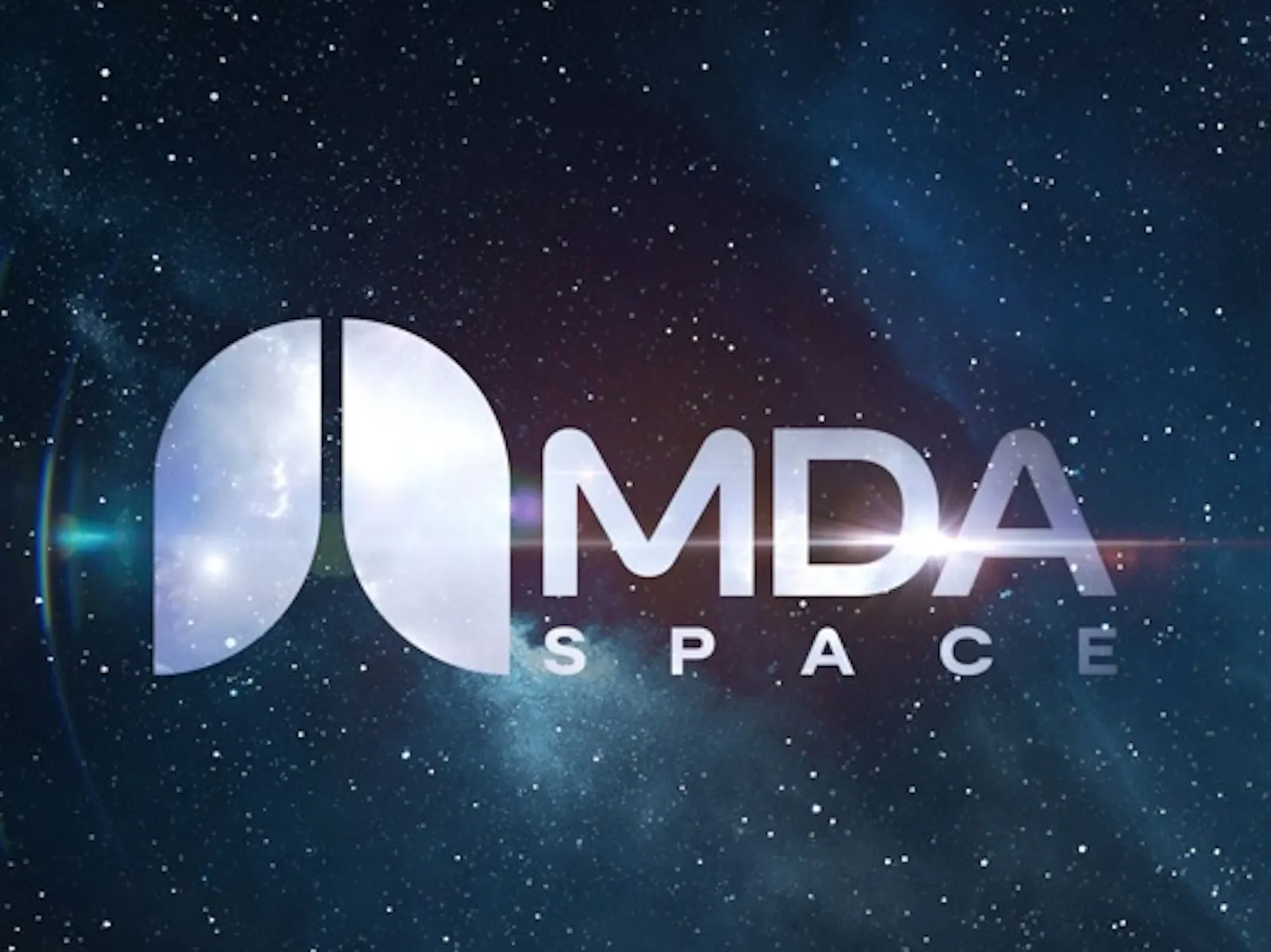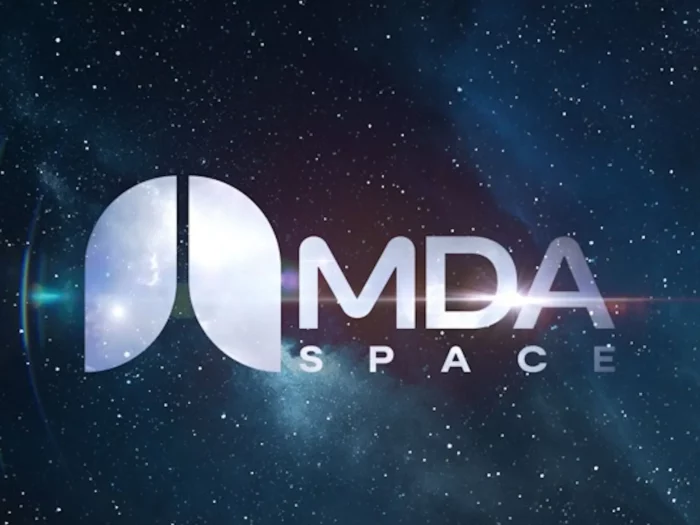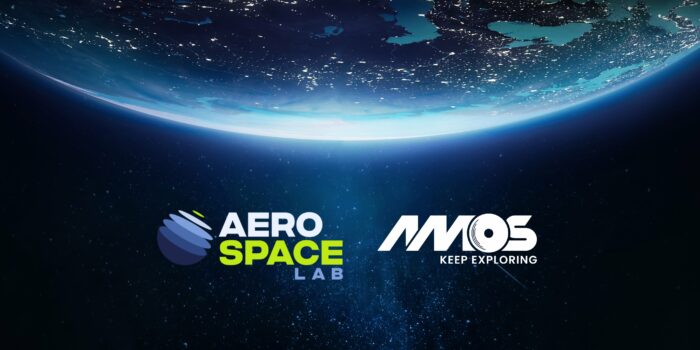Last week, NASA Administrator, Bill Nelson explained what the agency was planning to accomplish with the fiscal year 2024 budget announced by President Joe Biden. He started his short address with a recap of NASA’s accomplishments, including the Artemis I and DART missions, and the launch and retrieved images of the James Webb Space Telescope (JWST).
Nelson said that the agency’s task was now “to keep NASA hitting onward and upward.” The budget for fiscal year 2024 is US $27.2 billion, a 7.1 % increase compared to last year’s historic budget. Nelson said that this budget would help them continue launching regular crewed missions to the International Space Station (ISS). The ISS is of great importance not only to NASA, but globally as well, as it is an example of international collaboration, of how to live and work in space, improving life on Earth with its research capabilities, as well as preparing humanity for deep space travel and a sustainable human presence on the moon and planets other than ours in the future.
On April 3, NASA will announce the crew – three American and one Canadian astronaut – for the first mission back to the moon in over 50 years. The agency will also reveal the next generation spacesuits that will be used during the Artemis III mission, which will see the first woman and the next man landing on our natural satellite. Nelson pointed out that meanwhile, several American companies were planning to land payloads on Moon to carry out scientific activities, preparing for future lunar missions.
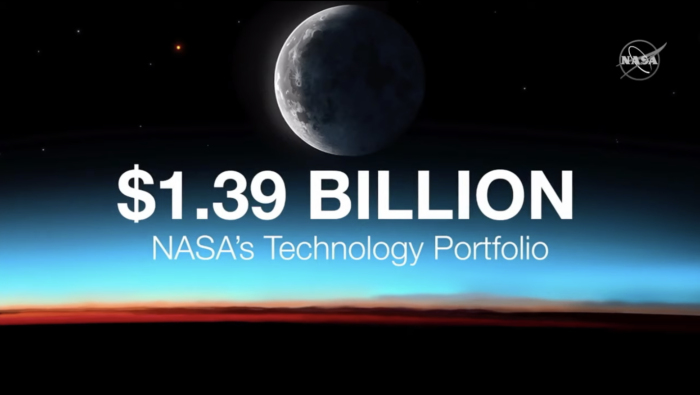
NASA’s Space Technology Research budget has been increased as well to up to US $1.4 billion, including “funding for nuclear thermal and nuclear electric propulsion in order to get us faster to Mars,” said Nelson. He continued by stating that NASA was laser focused on Mars and that NASA’s Deputy Administrator, Pam Melroy had taken the lead on developing and refining the necessary strategies.
Nelson also mentioned the Mars sample return mission, which will bring back the first ever samples collected from another planet to Earth. With the help of these samples, the agency is hoping to find out whether there was ever life on Mars.
As NASA is also committed to protecting Earth, it will launch a new generation of satellites to study our home. The aim is to make the new and extensive climate data more available and understandable globally.
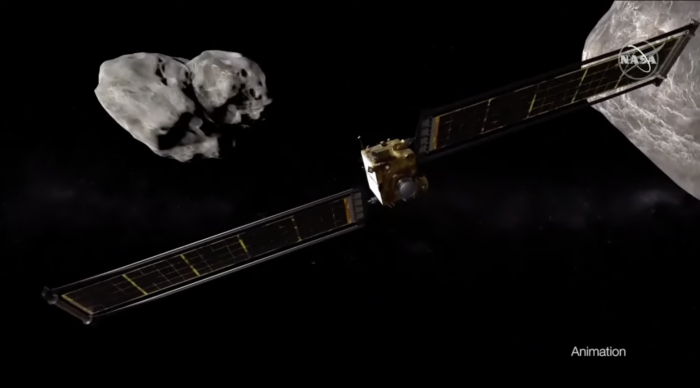
NASA puts an emphasis on defending our planet as well: last year’s DART (Double Asteroid Redirection Test ) mission crashed a spacecraft into asteroid Dimorphos, altering its orbital period.
“NASA will try to protect the planet with new missions like the NEO [editor’s note: Near-Earth Object] Surveyor to identify threatening asteroids and comets. If we can find them out there far enough away we can protect our planet,” said Nelson.
Meanwhile, the agency is developing next generation aircrafts, that will be greener and cleaner. NASA’s aeronautics division received US $1 billion for the fiscal year to help fly Lockheed Martin’s supersonic flight, the X-59 QueSST (Quiet SuperSonic Technology), over land.
“Pam Melroy, Bob Cabana [editor’s note: Associate Administrator] and I are committed to leading NASA as a team. Our NASA team will conduct missions that shape history and inspire humanity,” concluded Bill Nelson.
One thing is for sure: the world is watching and many of us are eager to see what NASA will accomplish this year as it aims to prepare reaching further into our solar system than ever before.
SOURCE: NASA
Featured image: Screenshot from “State of NASA 2023 Address”. Credit: NASA
If you found this article to be informative, you can explore more current space news, exclusives, interviews and podcasts here.
Share this article:
